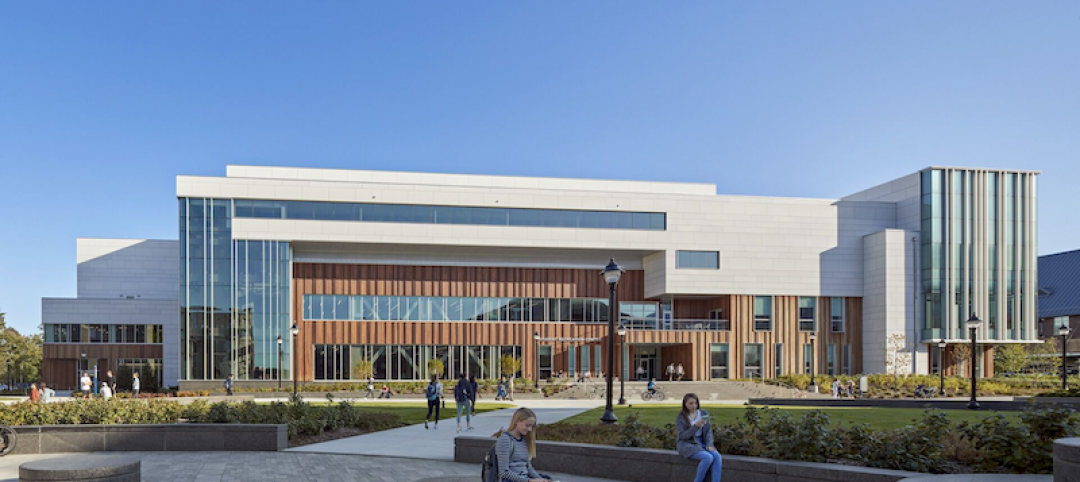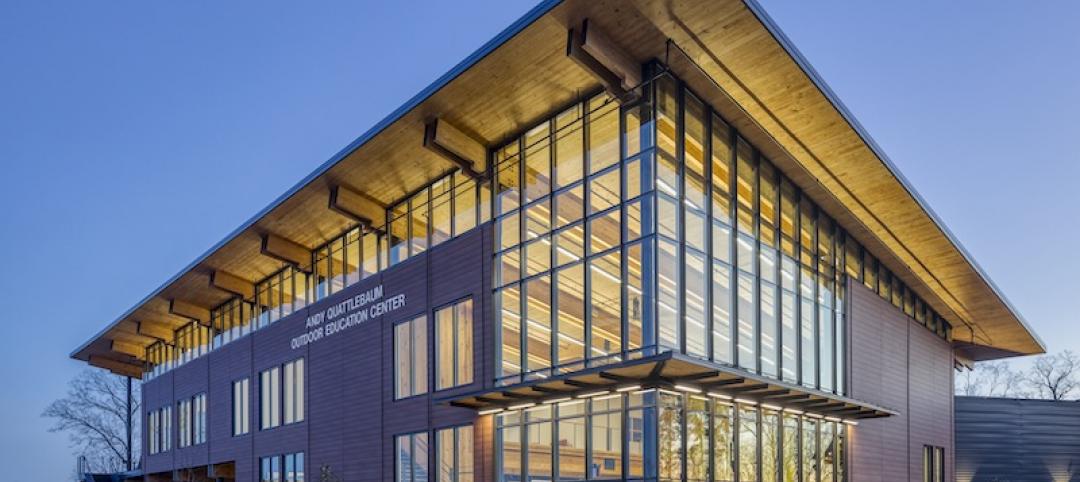The Society for College and University Planning (SCUP) and the University of Pennsylvania School of Nursing announced survey results from 114 US colleges and universities that help document the levels, quality, and availability of lactation spaces and supports across campus for breastfeeding faculty, staff, students, and campus visitors.
The survey was a collaboration between the University of Pennsylvania School of Nursing and SCUP. “To our knowledge, this is the first research that documents which stakeholders are involved in the planning of lactation spaces, and the amount of variation in the features these spaces have,” said Dare Henry-Moss, one of the research leads. “We hope it will help colleges and universities evaluate the accommodations they provide to breastfeeding mothers, including faculty, staff, students, and visitors.”
Study observations include:
— 90% of respondents reported that their institution had dedicated lactation spaces, but the study suggests that awareness of their locations should be improved.
— 68% of respondents reported a process or guideline for creating lactation spaces on campus with wide variation in approaches.
— collaborations are common; there are commonly between two and six different campus entities involved in the planning for lactation spaces.
The study also provides detail on the most frequent amenities designed into lactation spaces, including furniture, fixtures, and portable supports.“Through the excellent work of our research cohorts, this study will help higher education move toward a best planning practice for lactation spaces,” said Michael D. Moss, SCUP President.The research team was Dare Henry-Moss, MPH; Joyce Lee, FAIA, LEED Fellow; Diane L. Spatz, Ph.D., RN-BC, FAAN, and Principal Investigator; and SCUP.
For survey results: www.scup.org/wellness
Related Stories
University Buildings | Jul 14, 2020
Cornell College partners with Johnson Controls to improve campus energy efficiency
The plan will reduce the college’s energy usage by 20%.
University Buildings | Jun 3, 2020
Renovation can turn older university buildings into high-performing labs
David Miller of BSALifeStructures offers technical advice on renovation of college and university laboratories and scientific research facilities.
University Buildings | Jun 2, 2020
COVID-19 and teaching the next generation of nurses
COVID-19 hasn’t just upended healthcare delivery, the workplace, and all levels of education – the economic toll is still being realized – and capital projects on college and university campuses will inevitably be impacted as public and privately funded projects adjust to the budget crunch.
University Buildings | May 20, 2020
JCJ Architecture, Moody Nolan complete UCONN's Student Recreation Center
The project sits at the center of the Storrs campus.
University Buildings | May 19, 2020
Clemson's new Outdoor Education Center uses a Mass Timber Structural System
Cooper Carry designed the project.
University Buildings | Apr 29, 2020
Dixie State University's new Human Performance Center
Hastings+Chivetta designed the project.
Coronavirus | Apr 10, 2020
COVID-19: Converting existing hospitals, hotels, convention centers, and other alternate care sites for coronavirus patients
COVID-19: Converting existing unused or underused hospitals, hotels, convention centers, and other alternate care sites for coronavirus patients
University Buildings | Apr 9, 2020
Designing for the next generation of student life: Academically aligned
Since many academic departments have been concentrated in their own buildings or portions of campus, bringing these disciplines into a shared facility is fairly new territory.
Coronavirus | Mar 30, 2020
Learning from covid-19: Campuses are poised to help students be happier
Overcoming isolation isn’t just about the technological face to face, it is about finding meaningful connection and “togetherness”.
University Buildings | Mar 26, 2020
How to convert college dorms to support the coronavirus crisis
While student dormitories are well-suited to certain alternate healthcare uses — from housing clinical staff to treating low-acuity patients — there are important elements to consider when exploring how to convert them for coronavirus treatment.

















